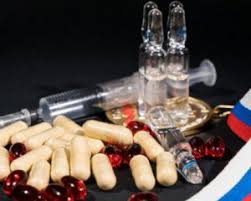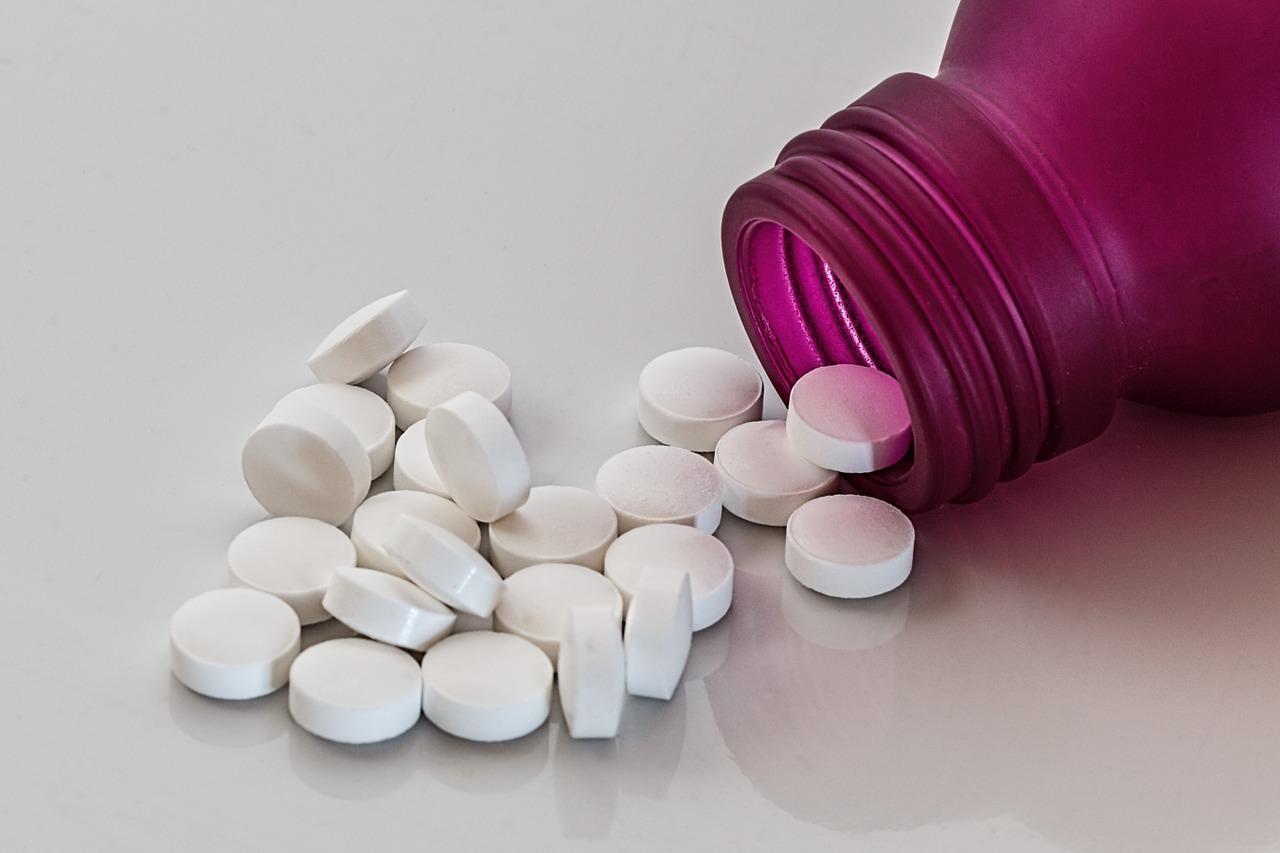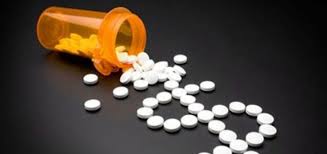WAX (methoxypolyethylene glycol-epoetin beta) is an erythropoietin continuous receptor activator (erythropoietin continuous receptor activator). This substance consists of a number of methoxypolyethylene glycol polymers integrated into the EPO molecule and linked mainly by amide bonds. This compound has a longer half-life (about 130 hours) both when administered intravenously and subcutaneously. In addition, compared to epoetin, CERA has different receptor binding characteristics in the sense that it is associated more slowly but with better stability, therefore it promotes more active action at the cellular level. Because of these characteristics, it can also be administered only every 2-4 weeks. This substance is also sold in Italy as Mircera.
CERA is replacing the use of EPO in both clinical practice and among athletes, as the longer duration of action and more pronounced effects make this compound a much more effective erythropoietin. Among athletes who tested positive for anti-doping tests, we mention cyclist Riccò at the 2008 Tour de France. Obviously, CERA has been tracked for a longer time than the EPO.

Hypoxia-inducible factor 1 stabilizers (HIFs)
Hypoxia-inducible factor stabilizers are a class of investigated substances capable of increasing serum EPO levels.
Hypoxia inducible factor (HIF) is a protein that acts as a transcription factor that responds to changes in oxygen. This substance is inactive under normal oxygen tension. Under normal conditions, HIF is degraded by specific proteases. When oxygen tension is reduced, this protein enters the nucleus and promotes the expression of certain genes, including erythropoietin.
HIF stabilizers are different substances that can keep this transcription factor active, thereby increasing EPO production.
These substances are able to simulate hypoxia inside cells. therefore, facilitate the actions of the HIF. These compounds include cobalt chloride, dimethyloxalglycine and deferoxamine.
The risks associated with the use of these substances are not fully known, however, they have been shown to increase the presence of HIF in cells.
deferoxamine has been shown to stimulate erythropoiesis in high doses, however, various disorders such as visual impairment occur after its use, it can also lead to death, therefore it is very dangerous and it has limited utility as a doping agent.
Cobalt is instead a potent stimulant of erythropoiesis as, due to its ability to stimulate EPO production, its possible use is currently being studied. In this sense. Its use can lead to toxicity to the thyroid and other organs.
Information on these compounds is still very limited, and it is not really possible to assess the real benefits of erythropoiesis with certainty, but research continues and athletes never miss an opportunity to experiment with new foods already on the Banned List.
Erythropoietin peptide-1 mimetic ( Emp1)
Emp1 is a peptide that has no sequence homology to EPO with the same activity. This peptide was discovered by chance by screening peptide libraries. However, the binding of Emp1 to the receptor is relatively weak, and, in addition, the peptide has a short half-life in vivo, therefore it seems unsuitable for clinical use, however, future research and possible structural modifications may turn this compound into an agent with greater efficiency in promoting erythropoiesis.
Hematid
Hematid is another peptide that mimics the action of erythropoietin. This peptide is linked to polyethylene glycol (PEG) to improve its stability and half-life. Hematid has no sequence homology with EPV. This peptide bodybuilding kaufen has already been shown in several studies to increase hemoglobin levels without significant side effects. Hematite is still in the testing phase: it is used to stimulate the production of red blood cells in patients with anemia, in patients with neoplasms or chronic kidney disease. In a study in healthy volunteers, a single intravenous injection stimulated erythropoiesis by increasing hemoglobin levels for over a month (Stead). In phase II studies in patients with chronic renal failure, Hematid corrected anemia and maintained high hemoglobin levels in patients on hemodialysis (Macdougall, Baserab). This compound has numerous practical and manufacturing advantages as it is stable at room temperature, has simpler manufacturing processes than EPO, can be obtained biotechnologically through cell line processing and genetic engineering methods, and has no reactivity crusade with anti-epo antibodies. Consequently, at the end of the research phase, it will go on sale at a significantly lower price than epoetin.
Although not yet approved as a drug, athletes like cyclists are already using it to increase. production of red blood cells and was actually included in the list of banned substances, however, a test that can accurately determine it is still in development, as it does not react with antibodies to erythropoietin and specific investigations are still under development. Therefore, hematid is especially in demand by athletes.
The half-life of hematid is more than 70 hours, so it can be administered every 3/6 days

CNTO 530
This compound is a glycoprotein formed by two EMP1 sequences and different glycosylations. It has been shown that CNTO 530 selectively binds to the erythropoietin receptor and mimics the action of an endogenous hormone. This compound is the result of the EMP1 study. In mice, CNTO 530 has been shown to have prolonged pharmacokinetics and stimulate erythropoiesis, leading to a long-term increase in hemoglobin. In addition, it has been shown in a rat study to promote glucose uptake into the muscles, resulting in increased energy resources in muscle tissue (Scully).
GATA inhibitors
The expression of the erythropoietin gene is controlled by hypoxia-inducible factor 1 (HIF-1), which is negatively regulated, that is, it is blocked by GATA. Thus, drugs that can inhibit GATA can increase EPO production. K-11706 is an experimental drug capable of performing this function and improving the binding of HIF-1 to the EPO gene, increasing its expression.
Gonadotropins
Gonadotropins are glycoprotein hormones that stimulate the gonads (organs responsible for the production of gametes, that is, reproductive cells), represented in mammals by the ovaries in females and the testes in males. In humans, the gonads, in addition to producing gametes, are endocrine glands responsible for the production of sex hormones.
Gonadotropins are a family of three hormones: luteinizing hormone (LH), follicle-stimulating hormone (FSH), and human chorionic gonadotropins (hCG).
These hormones are composed of two subunits, of which the first (subunit α) is common, and the second (subunit β) is different and is responsible for specific activities.
As expected, LH and FSH bind to receptors in the ovaries and testes and regulate the function of the gonads, promoting the production of sex hormones and gametogenesis. These hormones are expressed in both men and women.
LH stimulates testosterone production in men, while sperm maturation is determined by the simultaneous presence of LH and FSH. The latter stimulates testicular growth and protein production, which retains androgenic hormones at the sites of spermatogenesis to stimulate it.
In women, LH stimulates the production of estrogen and progesterone by the ovaries and is a co-regulator of the menstrual cycle, as it controls ovulation. Although FSH ensures the maturation of the ovarian follicle, and also promotes the production of estrogen.
hCG, on the other hand, is only produced by a woman in her placenta in the post-fertilization stages and has a function during pregnancy to prolong the action of LH.

The ability of gonadotropins to stimulate the production of anabolic hormones makes these substances capable of improving the physical abilities of athletes and, in particular, humans, when in women, the production of androgens is controlled not by the gonads, but by the adrenal glands. For this reason, gonadotropins are prohibited by anti-doping rules in men only.
